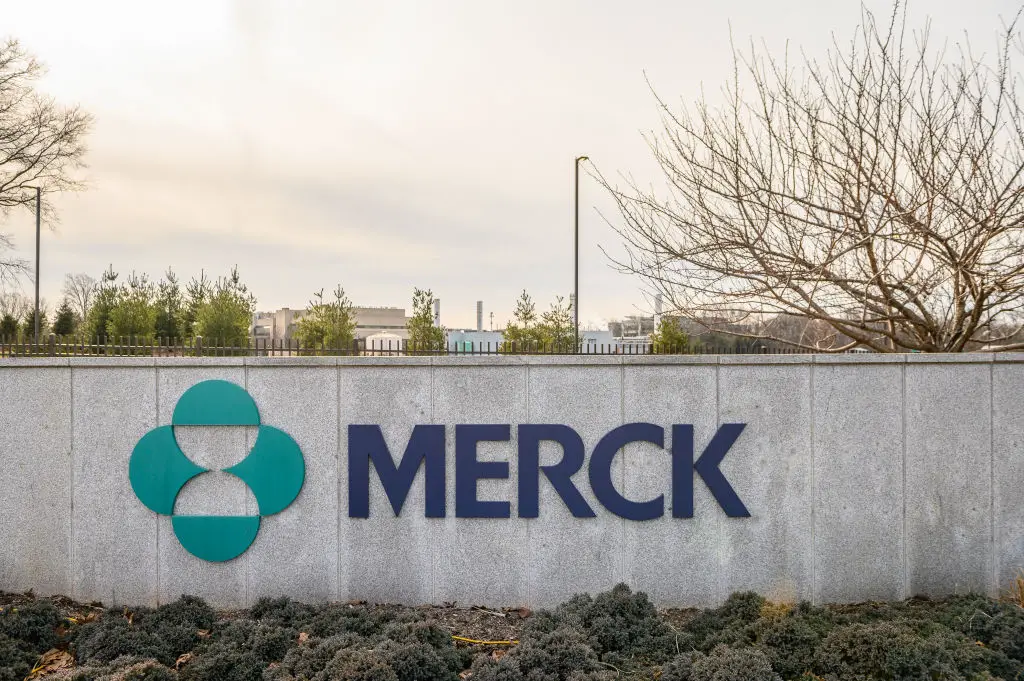Technology is changing the way pharmaceutical companies discover and develop new drugs. For Matt Studney, who joined Merck as a chemical engineer, technology changed the course of his career. In 2017, the pharma giant was one of several healthcare businesses breached by a cyberattack. Studney was tasked with leading the company’s recovery.
Studney said the experience gave him a deep, inside look into Merck’s technology stack. Now, as vice president of information technology of Merck Research Labs, his responsibilities include identifying and implementing new technologies, such as artificial intelligence, that support the company’s drug research. It’s a big change from his initial work at Merck more than 20 years ago.
“What I was doing and under the hood in a lab, now we can do at much larger scales and produce that data and analyze that data without me having to do it myself as an individual,” Studney said in recent interview. “The high throughput experimentation creates so much more data that it would be very difficult for a person to process at the speed at which we can today.”
The AI tools Merck uses are a mix of internally developed and externally sourced technologies. From that foundation, Merck customizes these tools to its needs, Studney said. Merck takes a strategic approach to investing in AI. Sometimes it’s a small investment to see how something could work within the company. If the technology indicates it could have a positive impact on drug research, Merck can then build a minimum viable product to introduce into its workflow.
“There’s lots of claims of what AI can do, like it’s a magic button, but it’s really not,” Studney said. “You really have to be very focused and selective and invest where it can have a real impact.”
In drug research, Merck uses AI to identify better targets or to identify targets that are unlikely to work. AI technology also helps the company more quickly build the chemical makeup of a potential drug faster and make it with properties desirable for a drug, Studney said. Merck can create deep learning models that will help scientists understand whether or not to pursue a certain drug structure. For example, the analysis can indicate the molecule will have an interaction with other drugs. That analysis shortens the time to get to better quality molecules.
“We can leverage imaging technologies and predictions to identify things earlier and then, in some cases, cancel projects sooner and then move on, invest elsewhere,” Studney said.
In addition to trying to improve the probability of success in drug discovery, Merck is also using AI to improve efficiency and reduce the time it takes move a drug through the cycle of development. Efficiency must be realized in the entire workflow, otherwise it can create bottlenecks elsewhere, Studney said.
One of the things Merck has learned is the importance of having fully closed systems. As an example, Studney said that after running an experiment about the design of a molecule, the result is fed back to the deep learning model. Knowing that outcome will enable the model to understand what happened so it can offer a better prediction the next time.
Other applications of AI include compiling the documentation that forms the basis of regulatory submissions. An FDA filing can be made up of hundreds of thousands of pages. AI helps Merck more quickly generate a first draft, speeding up the journey to the final document submitted to regulators, Studney said. But he emphasized that AI is not replacing humans.
“We always have a human in the loop,” Studney said. “[AI] is a tool to help our humans, our scientists, get through some of those earlier tasks faster, and then we have robust review cycles and processes in place.”
Some of the data that Merck analyzes with AI come from years and years of clinical tests of its own drugs, such as the blockbuster cancer immunotherapy Keytruda. Data from clinical trials are the gold standard for understanding a therapy in the treatment of patients, Studney said. Analyzing data from full responders, partial responders, and non-responders can help Merck understand which drug or drug combination could have better impact, he explained.
For all of these AI investments, there must be a business case, Studney said. More than the cost of acquiring and implementing a new technology, Merck looks at the technology’s impact. Reducing cycle time and creating labor efficiencies has the effect of reducing cost to the company. The ability to more quickly generate documentation for a regulatory filing also leads to efficiencies.
“There’s a lot of value in that, especially as you look towards the end of a clinical trial, and if it’s successful the speed at which you can then pursue supplemental or new drug applications or [biologics license applications],” Studney said.
Photo: Christopher Occhicone/Bloomberg, via Getty Images

